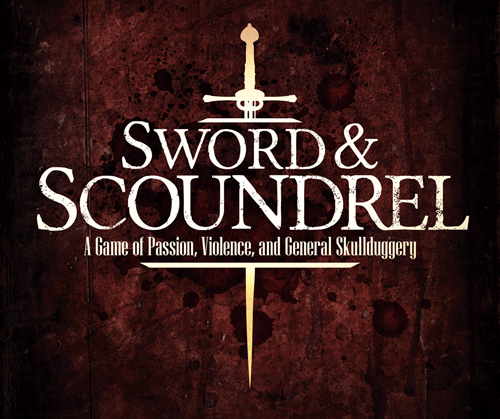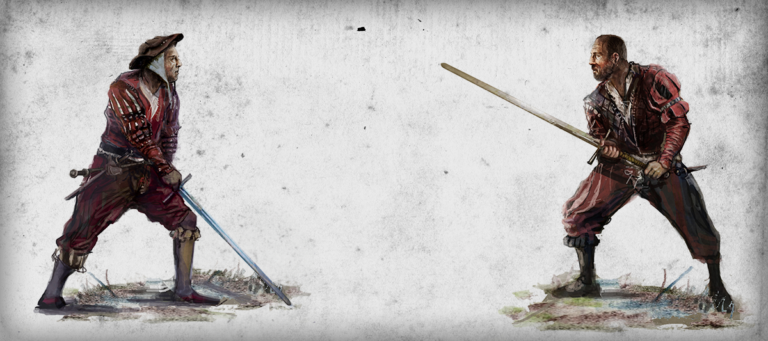Session zero is a concept that’s been floating around the role-playing world since at least the mid-90s and has grown increasingly common in the decades since. In most cases, this is a largely informal process. The group gets together maybe even before they know what game they are going to play, with the GM just trying to muster up some buy-in before they invest their time in writing a whole campaign.
For most traditional games, session zero is a useful practice but a strictly optional one. Most of the biggest questions are answered for you and the remaining answers are not strictly necessary for the GM’s preparation. Consider:
- Most versions of D&D. Your characters are by default adventurers whose chief activity will be adventuring, here defined as: pursuing quests, exploring dungeons, fighting monsters, and retrieving loot. While a good DM may find ways to tie your character’s motivations and backstory to the campaign as a whole, it’s just as easy for the GM to plan the entire arc of the game without reference to the individual player characters. The PCs are functionally interchangeable, at least at the start.
- Shadowrun follows a very similar mold, but in fancier costumes. Your characters are shadowrunners whose chief activity will be going on missions. While the campaign theoretically grows and changes over time in accordance with the choices of the player characters, at the beginning of the game you can drag and drop basically any PC into the group with minimal impact on the campaign itself.
There are plenty more games in this mold that work under the same basic structure. The game is explicitly written about <type of characters> doing <activity>. If the game is well-designed, both the in-character fiction and the mechanical rewards of the game are structured as such that any member of <type> will want to do <activity>, and thus any member of the former is functionally compatible with any example of the latter. In such a game, so long as the GM has prepared plenty of <activity>, the have successfully prepared a campaign. They need only fill in the one blank, the players will fill in the other, and with luck the two will cross-pollinate over time in a way that feels satisfying.
The further you stray from this formula, the more you need a structure like session zero to get everyone on the same page about the game you’re about to play. In a game like Sword & Scoundrel, this is absolutely vital.
At the deepest level, S&S can be summed up in just the way above: Your character is the protagonist of a bloody character drama. The activity will be pursuing their passions: learning what they live for, would kill for, would die for. The campaign is about putting PCs in positions to make tough choices and then dealing with the consequences.
While all of these things are answers at the level of creative agenda, none of them has a built-in fictional premise. Gameplay in S&S is both hyper-specific in focus while being completely open in content. To ground this in the fiction, you need to generate more details. Players need a setting before they can begin creating characters and writing passions. For those passions to have any hope of pointing in the same direction, those characters must also be written alongside the other PCs being created. Meanwhile the GM needs both the setting and the PCs passions before they can begin developing material for the campaign itself.
For all of these reasons, the first section of Book I: Creation is dedicated to Session Zero. It’s short and sweet, but it was surprisingly difficult to write. I find that the further I get away from hard mechanics and procedure, the more difficult it is for me to find my footing or credibly evaluate the results. I am more than open to feedback, left either here or on our discord.
As always, thanks for the support, Scoundrels.



